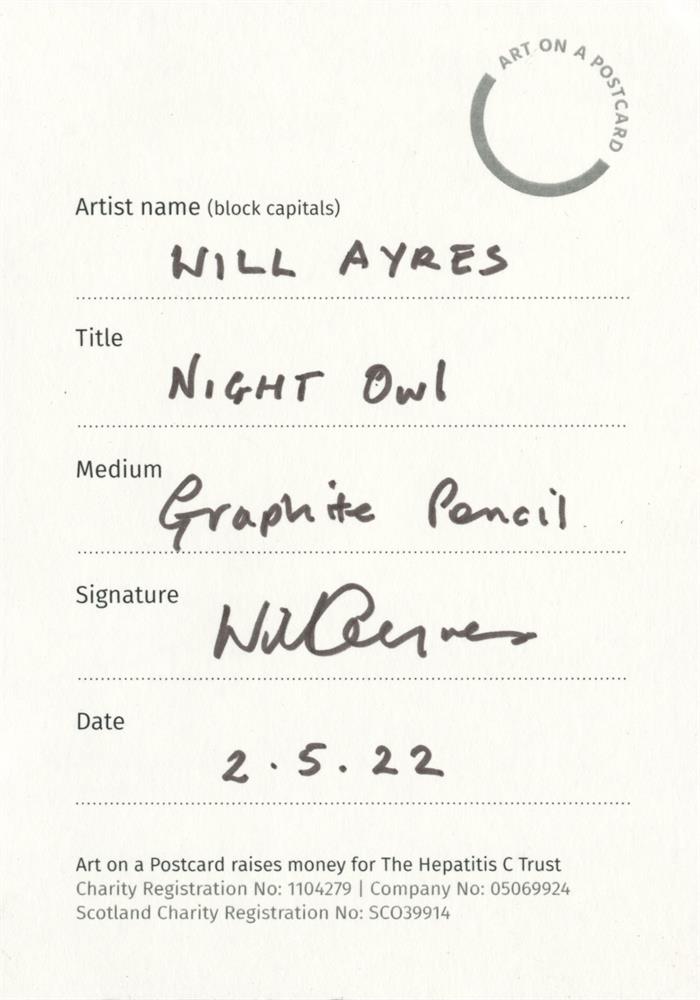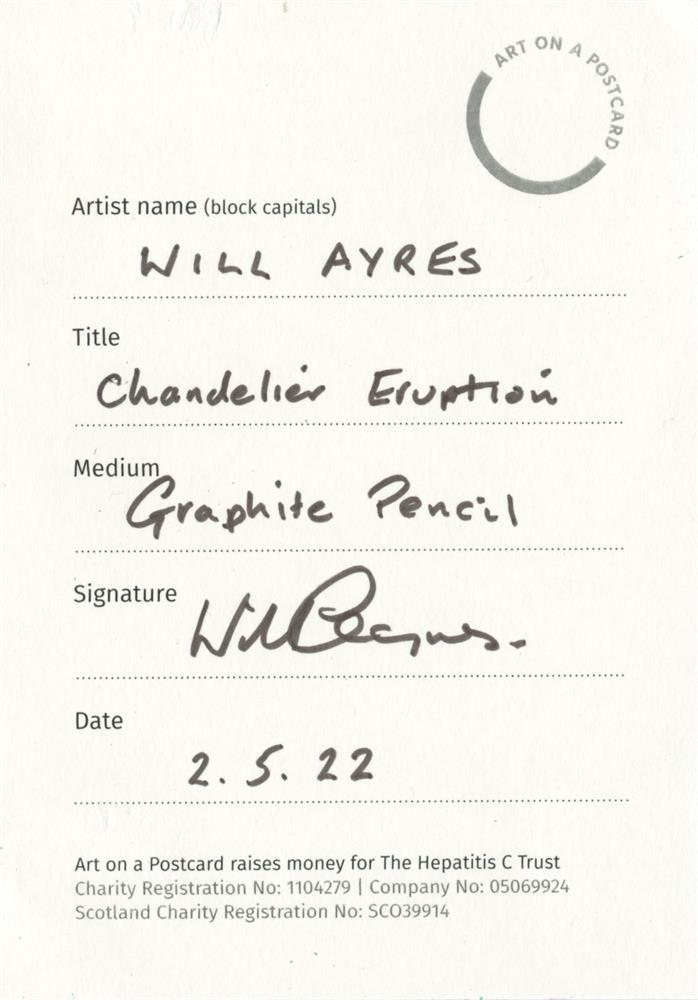xii, 512 pp. [a]4, b2, A-3S4. (4to) 25.5x19.5 cm (10x7¾"), period mottled calf, spine tooled in gilt, raised bands, morocco lettering piece, marbled endpaper, page edges stained red. First Edition. First edition of Lagrange's foundation work on analytical mechanics, an extension of and further development on Newton's work on mechanics. Lagrange transformed theoretical mechanics into a system from which fundamental equations describing the motions of any systems of bodies could be derived, by combining the principle of virtual velocities with d'Alembert's principle. In the preface, Lagrange notes the absence of diagrams in the book, which he believed the lucidity of his own presentation had rendered unnecessary. "With the appearance of the Méchanique analitique in 1788, Lagrange proposed to reduce the theory of mechanics and the art of solving problems in that field to general formulas, the mere development of which would yield all the equations necessary for the solution of every problem... [it] united and presented from a single point of view the various principles of mechanics, demonstrated their connection and mutual dependence, and made it possible to judge their validity and scope" (DSB). Dibner, Heralds 112; Grolier/Horblit 61; Norman 1257.
xii, 512 pp. [a]4, b2, A-3S4. (4to) 25.5x19.5 cm (10x7¾"), period mottled calf, spine tooled in gilt, raised bands, morocco lettering piece, marbled endpaper, page edges stained red. First Edition. First edition of Lagrange's foundation work on analytical mechanics, an extension of and further development on Newton's work on mechanics. Lagrange transformed theoretical mechanics into a system from which fundamental equations describing the motions of any systems of bodies could be derived, by combining the principle of virtual velocities with d'Alembert's principle. In the preface, Lagrange notes the absence of diagrams in the book, which he believed the lucidity of his own presentation had rendered unnecessary. "With the appearance of the Méchanique analitique in 1788, Lagrange proposed to reduce the theory of mechanics and the art of solving problems in that field to general formulas, the mere development of which would yield all the equations necessary for the solution of every problem... [it] united and presented from a single point of view the various principles of mechanics, demonstrated their connection and mutual dependence, and made it possible to judge their validity and scope" (DSB). Dibner, Heralds 112; Grolier/Horblit 61; Norman 1257.


.jpg)








.jpg?w=400)



Testen Sie LotSearch und seine Premium-Features 7 Tage - ohne Kosten!
Lassen Sie sich automatisch über neue Objekte in kommenden Auktionen benachrichtigen.
Suchauftrag anlegen